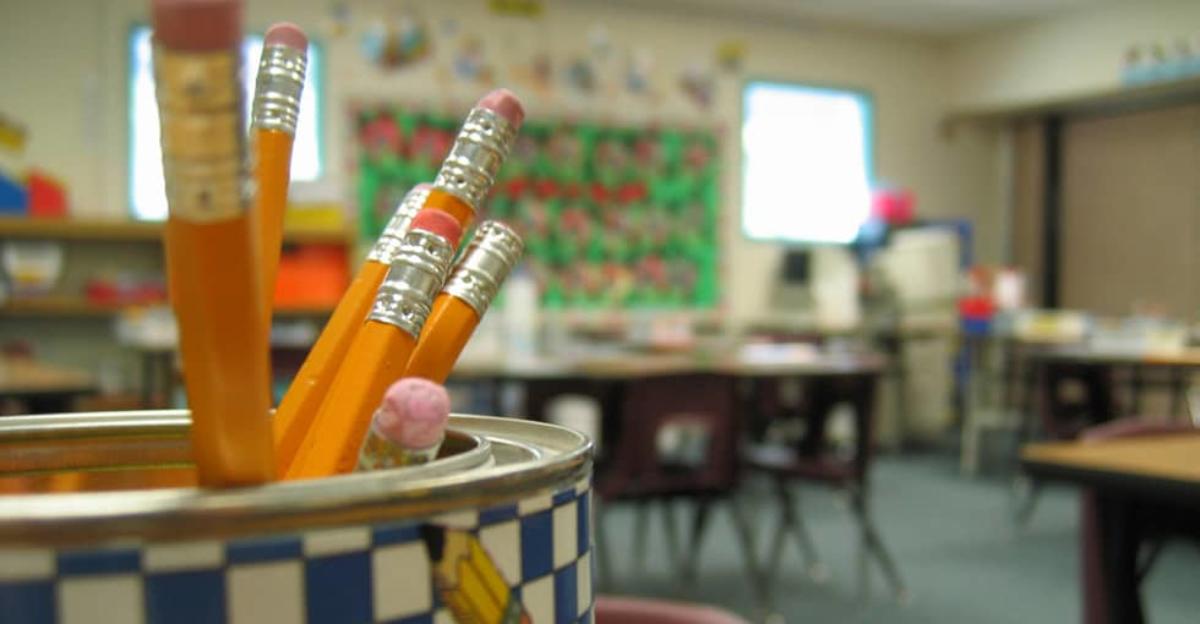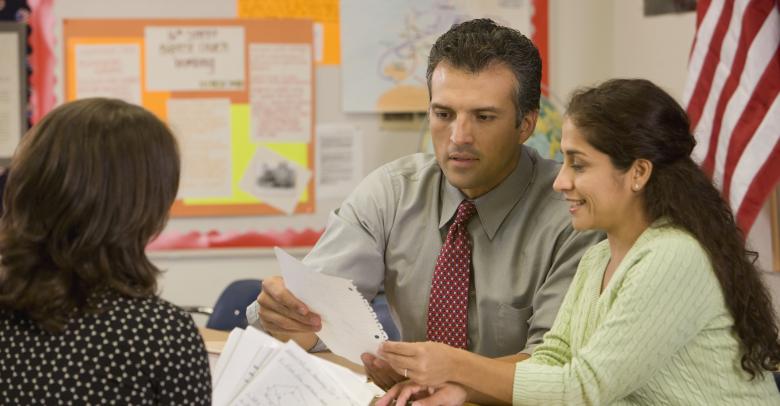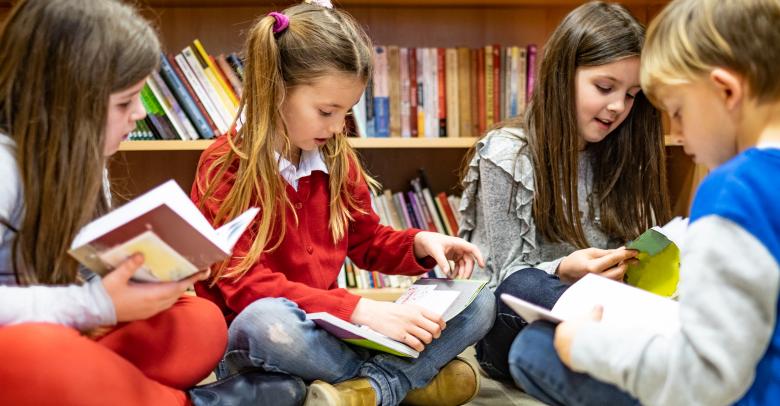Paperwork, book bags, school supplies… the list is never-ending. Without organization a classroom can become chaotic and hinder the learning process. So, what’s a teacher to do? Here you will find help to tame the beast of “stuff” in your classroom.
1. Color code
Color code everything! It is a visual reminder of what goes where in your classroom for you and your students.
2. Binder clips
Binder clips are very versatile. Label them and use them to help organize papers for you and your students. Use them to untangle and separate the abundance of cords in your classroom – just insert the cords into the silver pieces to keep them separate and easily accessible.
3. Important papers
Keep extra copies of important forms that you use often. Also, keep important student information at your fingertips by placing everything on a clipboard and hanging it from a hook around your desk or filing cabinet.
4. Label, label, label
Put a label on everything! The more visual information you can give your students the less questions you will have to answer and the less confused they will be.
5. Hang it up
Use vertical storage space to keep things up and off work surfaces.
6. Re-purpose
Use household items such as mason jars and decorative boxes to store supplies in a neat, attractive manner.
7. Address labels
Use address labels to quickly label your materials, especially books.
8. Storage bins
An organized classroom can never have too many storage bins. Have a variety of sizes on hand for different purposes.
9. Tool box
A simple tool box can quickly become a teacher tool box with a few labels.
10. Closet organizers
These are great to create vertical storage spaces, especially for papers.
11. Dish racks
Wire dish racks are perfect for storing folders and clipboards.
12. Plastic storage bags
Gallon bags can be used to display student work. One bag for each student, hung on a bulletin board or the wall, ensures that all students have work displayed and makes switching out work samples a breeze.
13. Carpenter aprons
Simple two pouch carpenter aprons tied to the back of student chairs creates individual storage.
14. Pencil pouches
Storing puzzle pieces or game pieces in pencil pouches cuts down on space. They can also be labeled and color coded.
15. Zip ties
Using zip ties to connect crates will create versatile storage units. Also, zip tie desk legs together to limit the amount of straightening that needs to be done.
16. Magazine boxes
Use magazine boxes for any type of individual storage. They are great for classroom libraries or to store supplies at student groups.
Organizing a classroom does take a bit of time and effort, but the benefits are well worth it. With these simple ideas your year can become organized and chaos free. Do you have any classroom organization hacks that have worked well for you? Please share them with us!






Leave a Reply